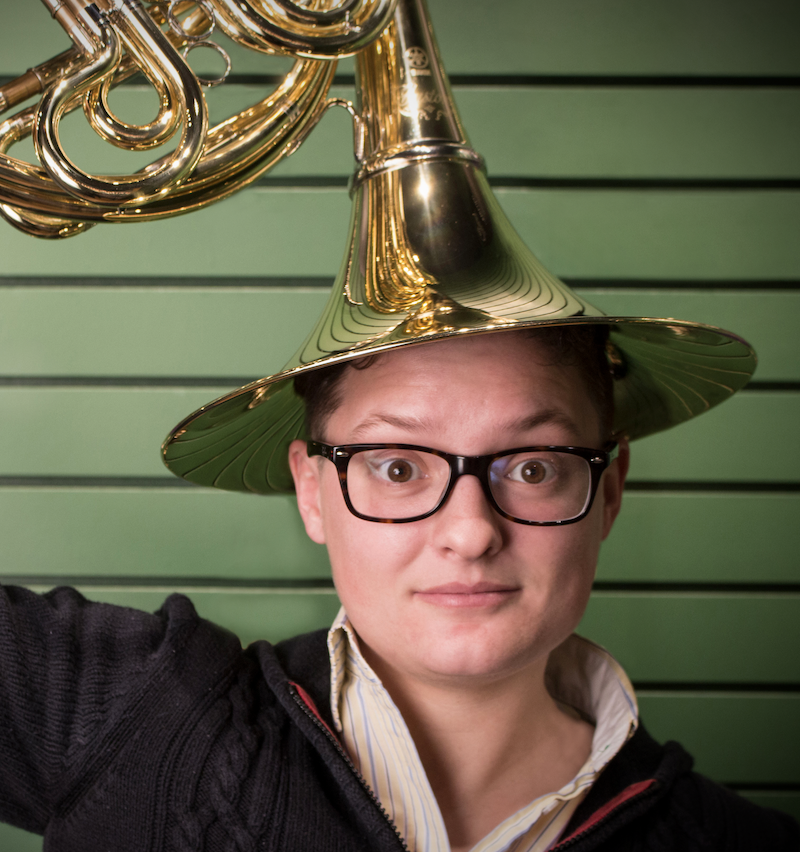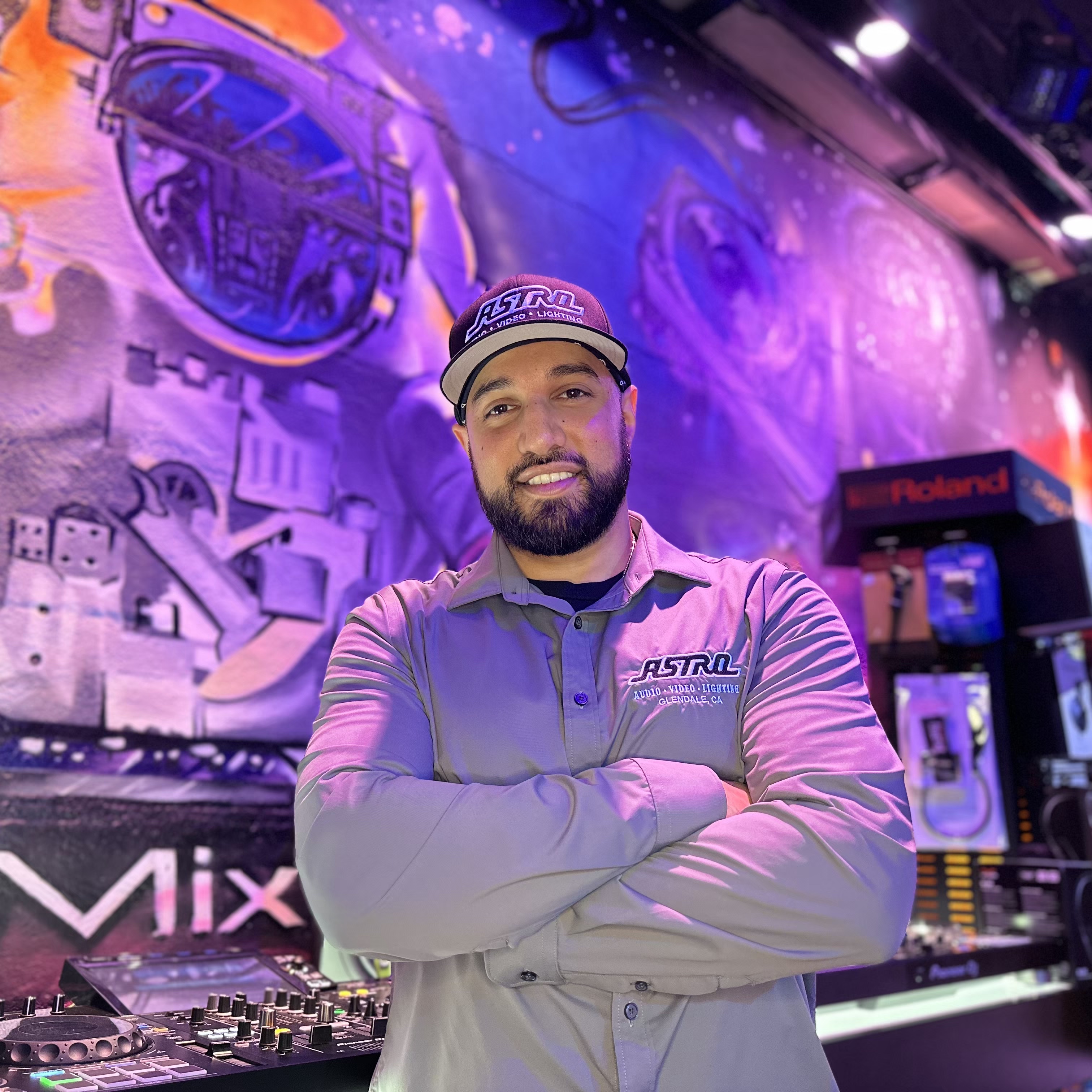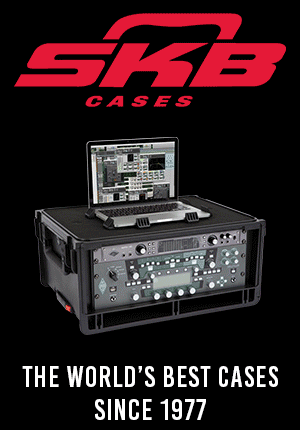As I sit in my office, distracted by the clinking of ice from the nearby freezer, I can’t help but reflect on the challenges of being neurodivergent in the modern workplace. “Everyone has ADHD these days.” “Squirrels!” “It’s the screen-time generation!”
These casual remarks about mental health issues sting a little deeper for someone like me, diagnosed with ADD as a “functioning” adult.
So, what exactly is neurodivergence? It refers to natural variations in how individuals’ brains work and process information. It includes autism, ADHD, dyslexia, dyspraxia, Tourette syndrome and more. Disclaimer: I am not a medical professional. These are my personal experiences, and the tips that have worked for me, which may also benefit you or your employees.
Now that we’ve laid the groundwork, let’s dive into the challenges I face in the workplace due to my neurodivergence. Distractions abound, sensory overload is a constant struggle, and the battle with organization, overwhelm and social interactions is all too familiar.
LIMITING DISTRACTIONS
My iPhone has a focus mode that I created and synced to my Google calendar. It limits notifications and controls who can break through the focus. For example, call twice, and it’ll ring through, or I can select people who can text me whenever. Trust me, you aren’t on the list.
GETTING COMFORTABLE
I navigate sensory issues by wearing noise-canceling headphones or sometimes shutting the office door for quiet time. Bright fluorescent lighting is bad for my soul, so I adjust it to suit my needs. I also have a space heater under my desk, because I’m always cold. If I’m physically comfortable, there are fewer distractions.
USING TECH TO STAY ORGANIZED
I live and die by three things: Google Calendar, Gmail and Trello. If it’s not on my calendar, in my email or on Trello, it’s not happening. Many say your email inbox is not a to-do list, but it works for me. I also use Boomerang in Gmail, so that if I don’t get a response, that email will come back to me as unread, and I know I need to follow up.
Oh, the space heater? I have a timer set on my phone Monday through Friday for 3:25 p.m., so I remember to turn it off before I leave.
SETTING COMMUNICATION BOUNDARIES
Email me. Email allows me to process information at my own pace and ensures I have a written record of our conversations. Taking notes while listening on a call is challenging for me—I’m often distracted by trying to spell something correctly or admiring my handwriting. Plus, I tend to send a follow-up email summarizing the call anyway. By starting with an email, I can better manage my thoughts and provide clear, organized responses.
NAVIGATING OFFICE DYNAMICS
When it comes to dealing with office shenanigans, I try to keep it simple. I come in, get my work done for the day, stay professional and focus on fostering a positive work environment. I avoid gossip and workplace drama, because I believe it’s better for my mental health and professional relationships.
RESOURCES & SUPPORT NETWORK
One of the most valuable resources for me has been working with a neurodivergent coach. In addition to my NAMM YP mentor and therapist, this coach understands the unique challenges I face. They guide me through the professional landscape with empathy, accountability, and a structured, time-bound approach. This tailored support helps me stay focused and navigate my work environment more effectively.
What struggles do you or your employees face? How can we all help each other have a happy and productive workplace? I hope these ideas help. MI
Erin Kessler is the director of marketing for Maple Leaf Strings and a NAMM YP board member. To learn more about NAMM YP, visit namm.org.











